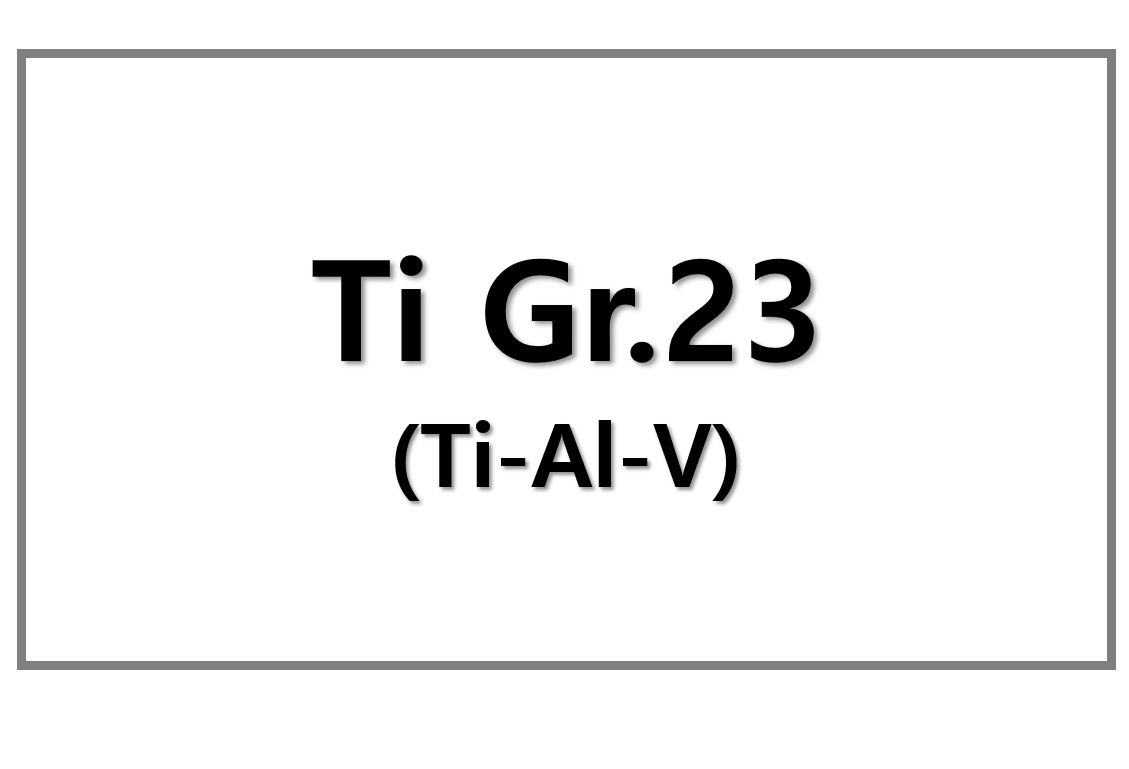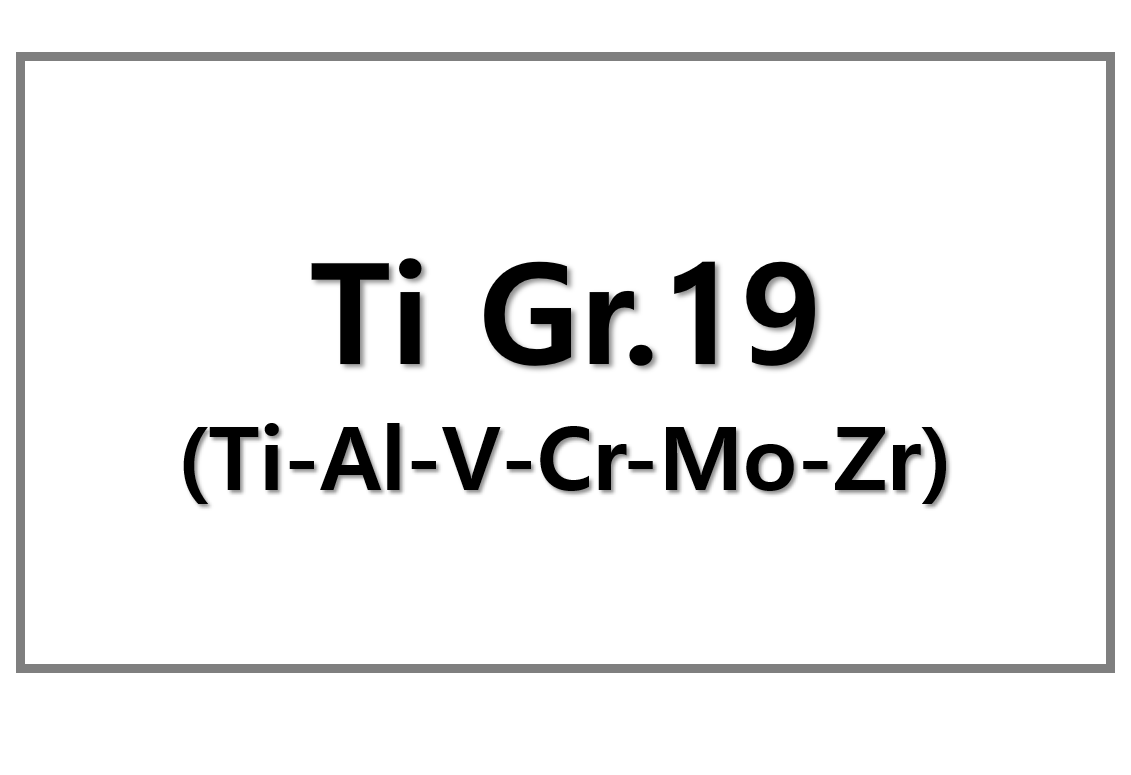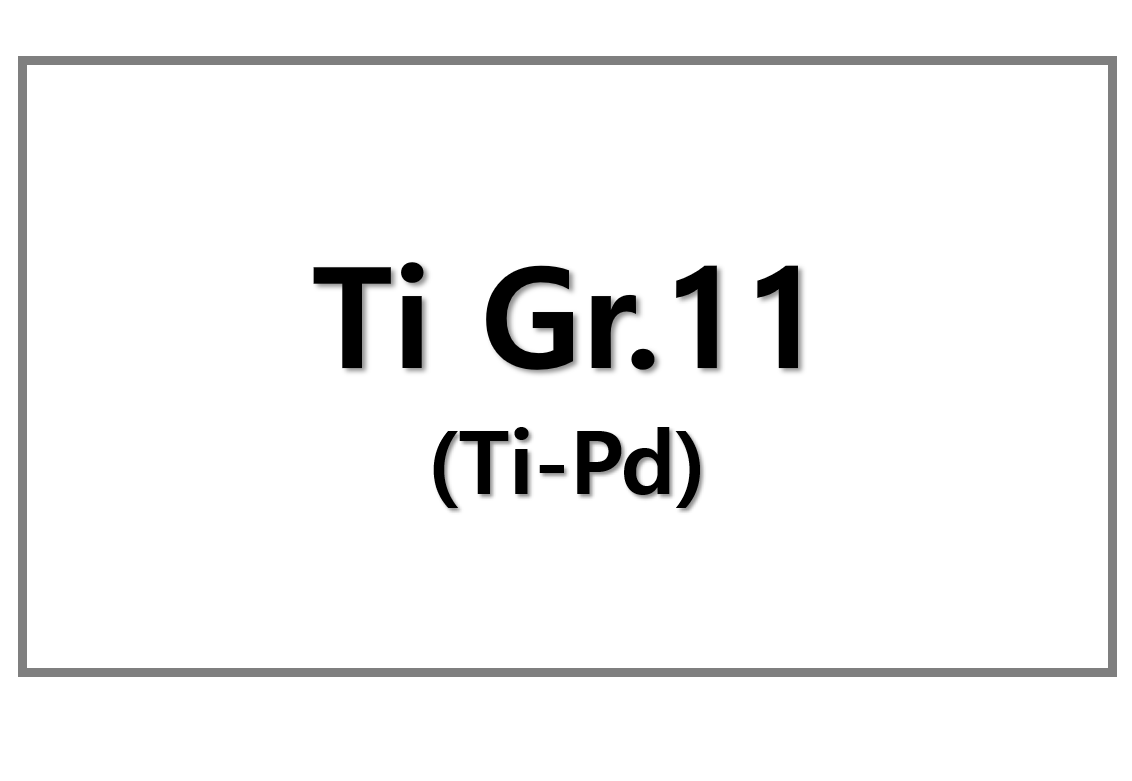
Global Scrap Prices Reflect Regional Variations
Global scrap prices moved in different directions in October and November, reflecting seasonal factors and currency fluctuations. Turkey and the US showed moderate recovery, while the EU faced predominantly downward trends. Meanwhile, China experienced domestic price declines but rising import costs, highlighting market imbalances.
In Turkey, HMS 1&2 80:20 scrap prices reached $355.2/t by mid-November, up slightly from a month earlier. Weak rebar demand and competition from imported billets pressured Turkish mills, yet supplier resistance and high freight rates maintained price stability. Experts expect prices to stabilize near $350-355/t through year-end, with limited upside.
The EU market showed contrasting dynamics. Germany’s E3 scrap declined due to weak domestic demand and oversupplied warehouses, settling at €255/t. Italy experienced temporary price growth, fueled by export demand to Turkey and North Africa, reaching €300/t by mid-November. The euro’s weakness against the dollar further influenced export-driven price shifts.
Scrap Market Dynamics in the United States and China
US East Coast scrap prices rose 4.1% over the month to $315.5/t, supported by infrastructure demand and seasonal supply reductions. Export demand from Turkey helped stabilize domestic prices despite initial oversupply and plant downtime. Analysts anticipate stable or slightly rising prices until year-end due to limited availability and strong export support.
China presented a more complex picture. Domestic scrap fell 2.4% to $332.44/t due to oversupply after Golden Week and low steel demand. Imported scrap prices increased 3% to $340/t CFR, making foreign material less attractive. With winter maintenance approaching and weak domestic steel production, pressure on local scrap prices is expected to continue.
SuperMetalPrice Commentary:
Year-end scrap markets demonstrate regional divergence driven by demand, exports, and seasonality. Turkey and the US benefit from export support and steady infrastructure projects, while EU and China face structural oversupply and weak domestic demand. Market participants should monitor freight rates, currency shifts, and regional policies to anticipate short-term price movements.











Leave a Reply
You must be logged in to post a comment.